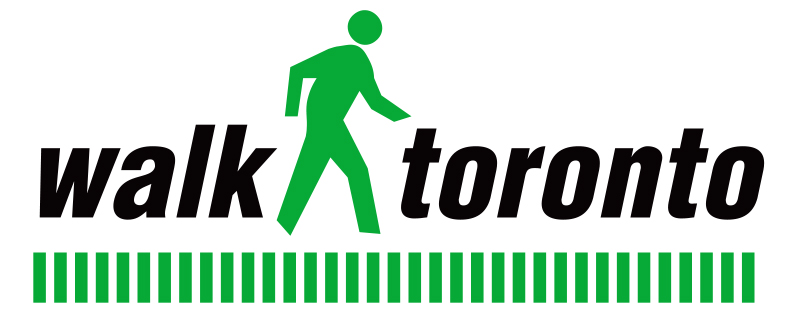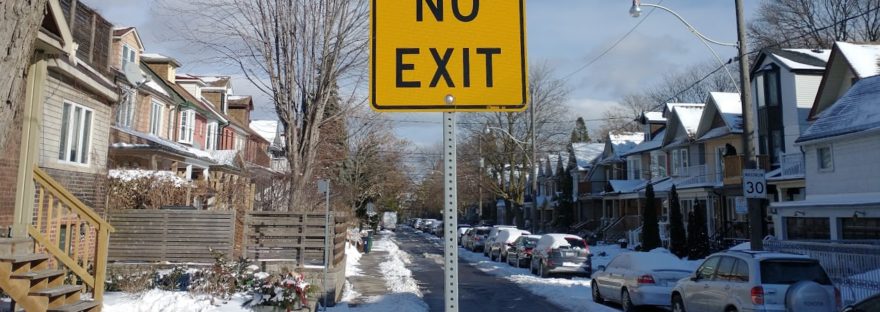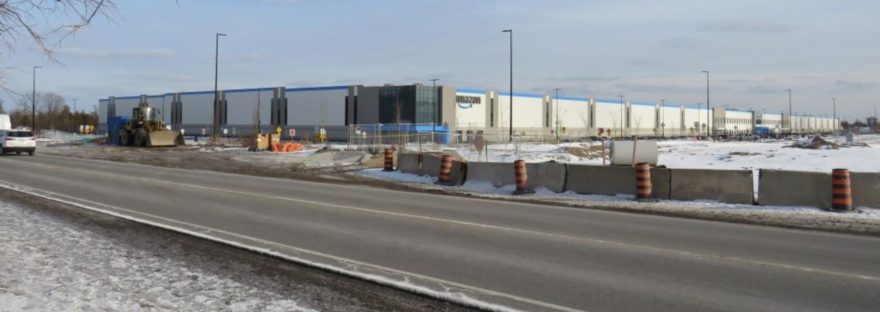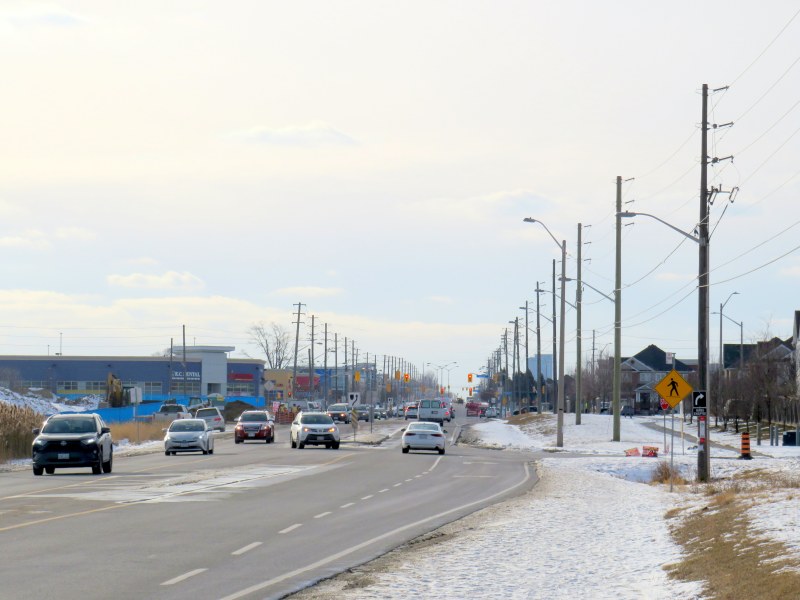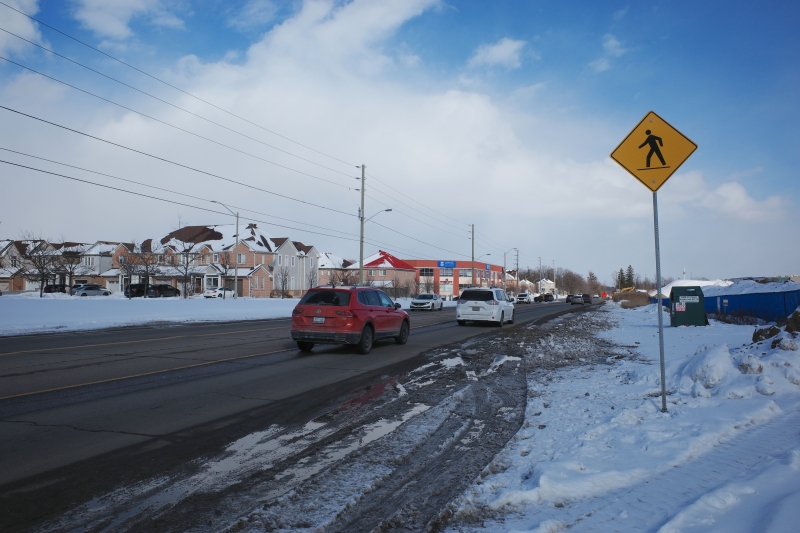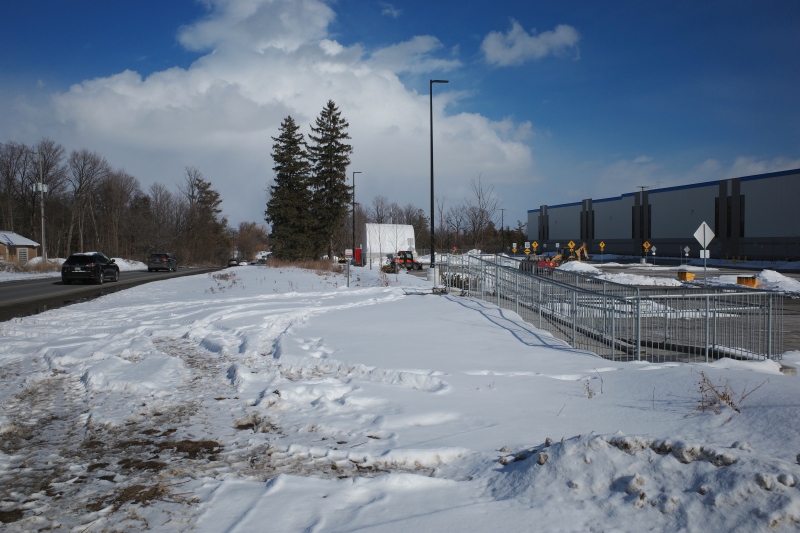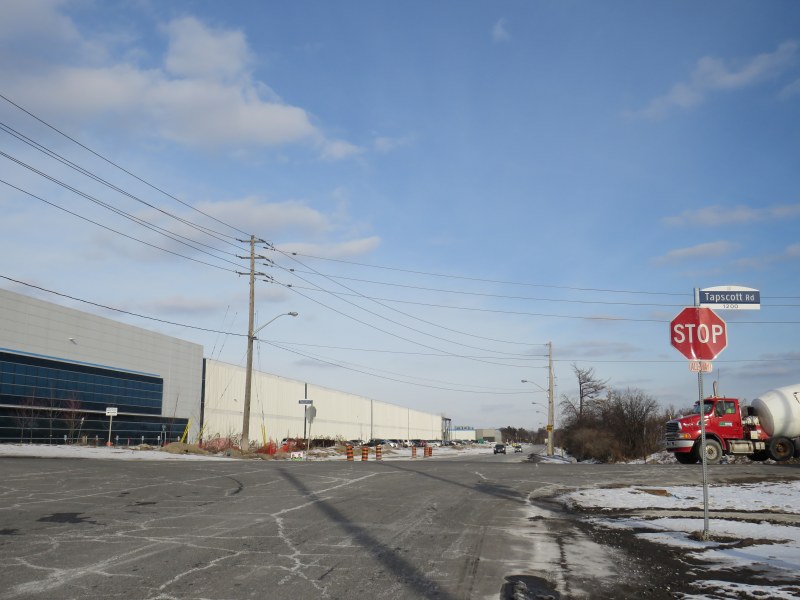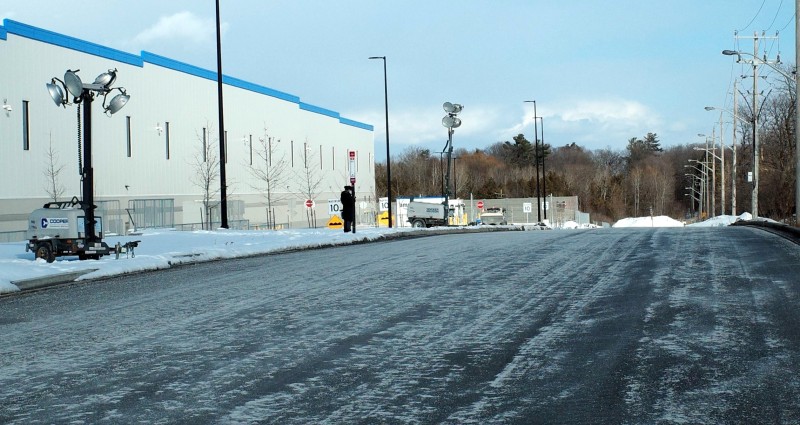By Michael Black
This communication was submitted to City Council for the Nov. 25, 2020 meeting, regarding agenda item IE17.7, “Clearing the Path Towards a Safe and Accessible Winter”
Too often, the broad goals of harmonizing sidewalk snow clearing policies and implementing them uniformly across the City of Toronto have been stymied by misconceptions and inaccurate arguments. The need to have every sidewalk properly cleared of snow has become all the more urgent with the advent of the COVID-19 pandemic. It’s time to clear up these misconceptions and counter the most prevalent arguments.
PHYSICAL & PSYCHOLOGICAL HEALTH — Most gyms, community centre and school fitness facilities are now closed because of the lockdown. As a result, outdoor walking has become one of the best forms of exercise still available at a time when the COVID-19 pandemic is entering a high-risk winter period. Just as we have embraced the ActiveTO and CurbTO programs to ensure that the pedestrian environment was safe during the warmer months, so the City of Toronto should now be taking steps to clear snow from all of our city’s sidewalks and major park paths using a harmonized, comprehensive and seamless strategy. Admittedly, this change ought to be accomplished at short notice, but many of the City of Toronto’s other responses to the pandemic have also been successfully achieved on the fly.
We should not allow a ‘no-plow zone’ to exist in the centre of the city where responsibility for clearing sidewalks is offloaded onto local property owners. Many are derelict in their duty. The consequence of preserving the status quo will be that some of Toronto’s older and more vulnerable residents will become shut-ins during the winter. They will not get enough exercise, fresh air or exposure to sunlight, and their health outcomes will worsen.
DISTANCING — Hand-shovelling of sidewalks by property owners tends to result in a narrow walking strip that forces pedestrians closer together compared to the wider, continuous swath of cleared sidewalk that mechanical plowing produces. Adequate physical distancing is especially important in winter conditions. Although research is not conclusive, transmission of the SARS-CoV-2 virus is facilitated by cold temperatures and reduced ultraviolet radiation. If we are serious about reducing the spread of COVID-19, especially amongst lower income essential workers who do not own cars, we will commit to plowing. People with disabilities and users of strollers and bundle-buggies will enjoy another benefit from improved maintenance standards: a patchwork of inconsistently shovelled sidewalks can be difficult for them to negotiate, and they may be stopped cold if a section of sidewalk has not been cleared.
OTHER CITIES — Sceptics often treat harmonized sidewalk plowing as though it is a ridiculously impractical and outlandish idea. In reality, comprehensive sidewalk winter maintenance is a common practice in Ontario, which has a much stronger tradition of providing public services compared to jurisdictions such as Alberta or the U.S.A. The following is a non-exhaustive list of municipalities in Ontario that clear snow from all of their sidewalks: Aurora, Barrie, Belleville, Burlington, Chatham, Cornwall, Guelph, Kingston, London, Markham, Oakville, Ottawa, Peterborough, Richmond Hill, Stratford, Sudbury, Thunder Bay, and Vaughan. Additionally, staff in Hamilton are recommending winter maintenance harmonization, although the initiative still has to pass budget hurdles.
PHYSICAL CONSTRAINTS — Spread throughout our province though these cities may be, they do share a common trait: all have some older sections with tightly designed streets; and their winter operations crews have found ways to clear their sidewalks despite the adverse conditions. The challenges are no different here in Toronto. Our transportation staff often give the excuse that their decision not to mechanically clear older streets in the no-plow zone is due to physical constraints — when the real reason lies in grandfathering based on the legacy of former political boundaries. It is deeply concerning that Toronto devotes the least resources to maintaining sidewalks precisely in those areas of the city with the highest levels of pedestrian activity.
SNOW REMOVAL — Besides plowing all of its sidewalks, Montreal ups the ante and literally removes about 300,000 truckloads of snow from its streets every winter (an expensive practice). The need for transporting snow in Toronto is much smaller because its average annual snowfall is 121.5 cm. compared to Montreal’s 209.5 cm. Moreover, Toronto’s warmer climate produces thaw periods that naturally melt much of the snow that does accumulate. We should not be allowing the exaggerated estimates of snow removal costs (“Winter Maintenance Program Report”, HDR, Sept. 2019) to become a deal killer.
ENFORCEMENT — Those who believe that better by-law enforcement will fix Toronto’s winter sidewalk problems should reconsider. A Transportation Services staff report (Oct. 27, 2015) looked into the implications of increased levels of enforcement. If the current complaints-based system were replaced by proactive patrolling of the 95,500 properties subject to owner sidewalk clearing requirements, it would be necessary to hire up to 20 additional Transportation Standards Officers, who would be spending an average of 7 to 10 hours per enforcement action, each of which can take weeks to resolve. The result would be the creation of huge amounts of red tape without achieving the timely remedying of snow-clogged sidewalks. Another objection: fining some residents for not undertaking a task that is provided by the City to others for free is fundamentally inequitable.
As for the Infrastructure & Environment Committee’s amendment (Nov. 5, 2020) to improve maintenance of sidewalks in front of large buildings and stores, there is the same concern that this would require spending money on hiring more enforcement officers — when a fairer and more efficient use of the City’s resources would be to cease frittering away funds on expensive enforcement campaigns and redirect our efforts to getting the job done right with plows, in a timely manner.
SPECIAL PROGRAM — We should not pretend that all accessibility problems are solved by having City crews clear the sidewalks in front of the homes of seniors and people with disabilities who have enrolled in the special program offered by the City. This assistance simply relieves them of a civic duty but does little to make their neighbourhood accessible if nearby sidewalks are still a mess and impassable for mobility device users, as well as people with vision, cognitive and balance impairments. This concern is magnified because of the number of snowbirds that the pandemic has ‘grounded’. Even the pilot project to plow an entire block doesn’t help people with limited mobility who want to walk or roll beyond the block in question. Targetted snow clearing is not cost effective compared to a comprehensive, city-wide service, the implementation of which will render the special assistance program redundant.
PROPERTY DAMAGE — Some residents oppose mechanical sidewalk plowing because it occasionally causes damage to their lawns and fences. Property owners can be compensated, and prudent cities see this as just a cost of doing business. The Toronto staff plan to develop an inventory of sidewalk conditions and encroachments is a step in the right direction. The alternative is to get residents to shovel and then cope with heart attack deaths going up 34% after each snowfall. Clearly, the costs of laying sod are cheaper than those of open heart surgery.
COST COMPARISONS — Better maintained sidewalks would reduce winter slip and fall claims, decreasing settlement payouts by the City of Toronto, which historically have averaged about $6.7 million a year. In addition, injuries cost the provincial health care system nearly $4 million annually. These are burdens on the taxpayer, and both should looked at within the perspective of the HDR report’s cost estimates for providing winter maintenance on the 1,400 km of sidewalks that the City does not currently clear. Numbers range from $7,642,836 for employing contract labour to $10,878,050 for in-house labour. The latter figure should be seen as the upper limit of manual snow clearing costs. To the extent that mechanical methods can be employed, costs logically will go down. In either case, the costs are but a small fraction of expenditures on public transit. It does not make sense for governments to be spending billions of dollars on transit capital projects if these investments are not supported by adequate operational budgets that include good winter maintenance for the street network, where ‘first and last mile’ walking feeds our buses, streetcars and trains.
The net costs of harmonized sidewalk snow clearing are relatively small because its implementation will eliminate or reduce existing expenditures associated with the seniors assistance program, slip and fall claims, etc. The City of Toronto is urged to dispense with bandaid solutions. We are in the middle of a pandemic, and it is time for everyone at city hall to pull together. This means we should stop prevaricating and tap reserve funds in order to meet head on the challenge of extending superior suburban winter maintenance standards to the no-plow zone, so that vulnerable Torontonians will have safe access to the outdoors throughout the winter.
For a more detailed treatment of issues, please refer to Walk Toronto’s previous written submissions:
https://www.toronto.ca/legdocs/mmis/2020/ie/comm/communicationfile-123023.pdf
https://www.toronto.ca/legdocs/mmis/2019/ie/comm/communicationfile-97921.pdf
https://drive.google.com/file/d/0B2Dhk-NkQO3QUnZWN1N2eUlGRzQ/view?usp=drivesdk
